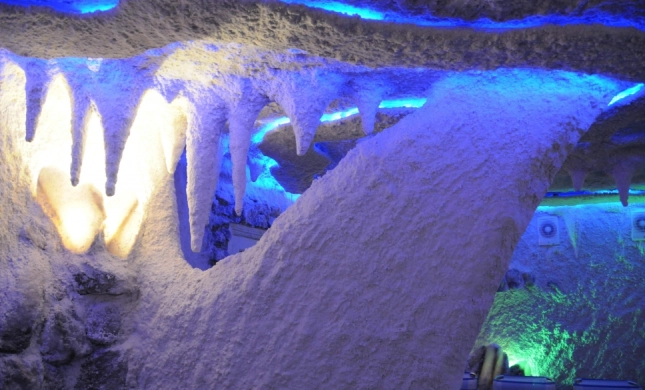PSORIASIS
Our skin constantly renews itself, replacing old skin cells with new ones. The epidermis consists of very small skin cells that slowly die off and shed. Normally, this is a process that goes unnoticed. In psoriasis, however, this replacement process is disrupted and occurs abnormally quickly. This results in an excess of skin cells that do not have the chance to fully mature, leading to visible shedding of skin. Psoriasis-affected skin is inflamed; it appears thick and red. There are indications that inflammatory processes in psoriasis contribute to the development and persistence of skin lesions. The exact cause of the accelerated growth in psoriasis is still unknown. Emotional stress, flu, streptococcal throat infections, and certain medications (such as lithium and beta-blockers) can exacerbate psoriasis.
Psoriasis manifests as sharply defined, white-silvery plaques on a red base. The thick scales sometimes create a scaly appearance. It may cause itching, and the patches can sometimes be painful. Some patients with psoriasis also have one or more pustules within the lesions. These pustules are not signs of infection; they are sterile, containing no bacteria, and are a normal feature of psoriasis. Another nuisance is that the thick scales often end up on clothing, bedding, and the floor.



